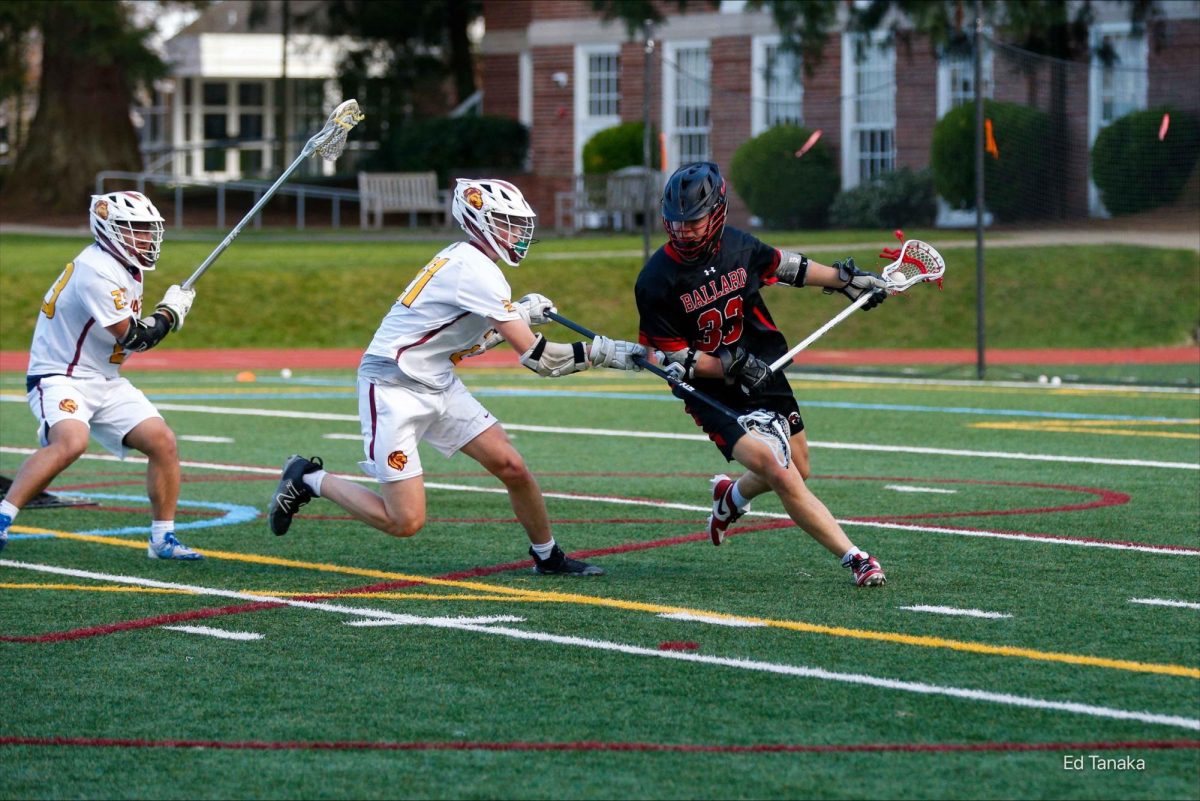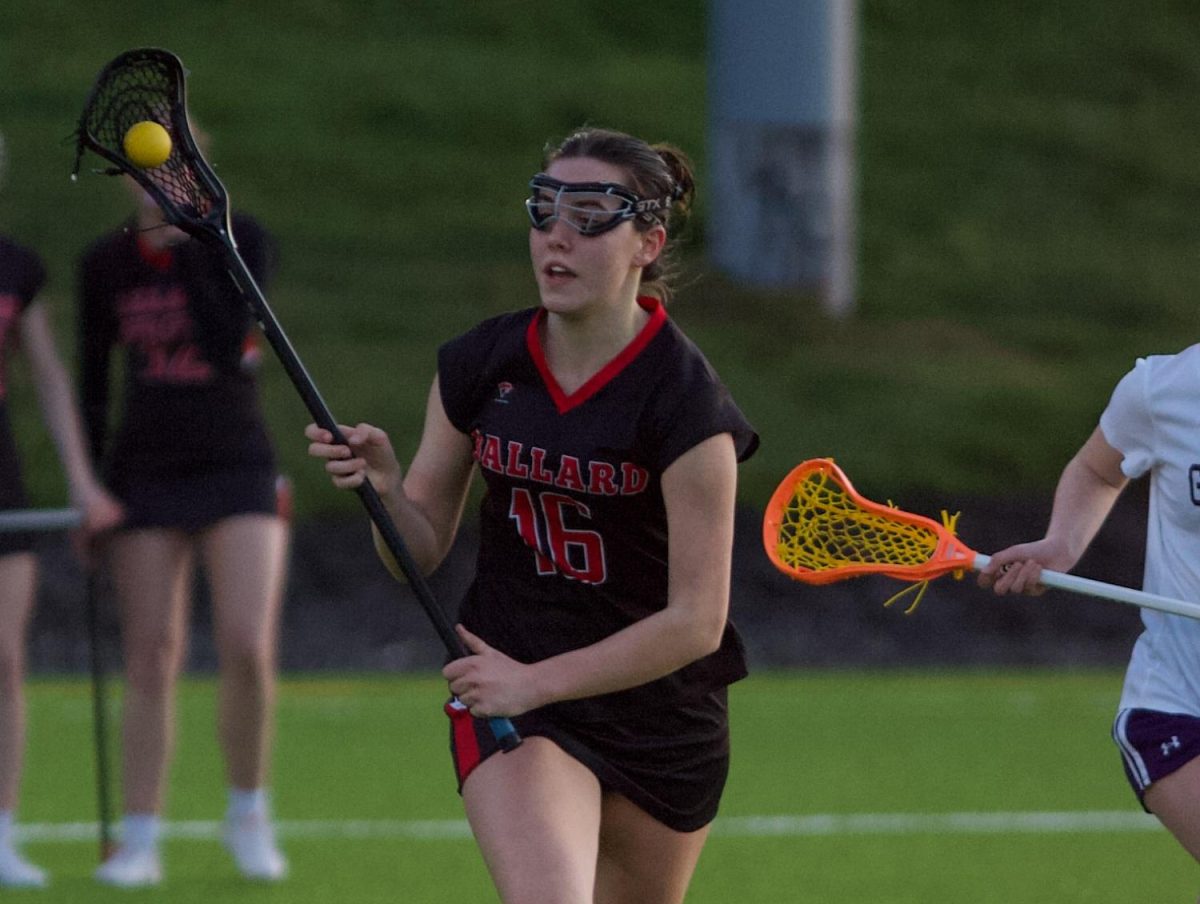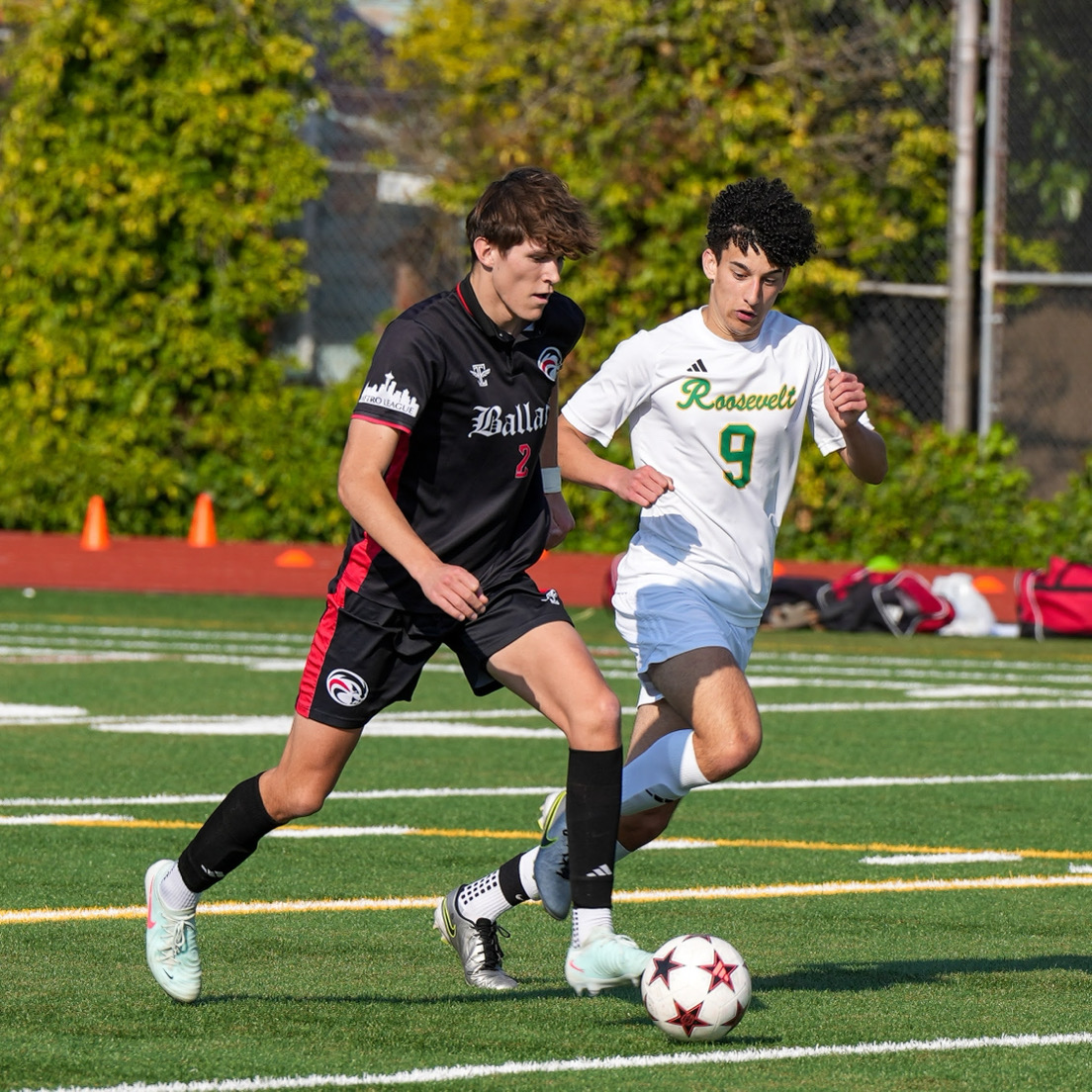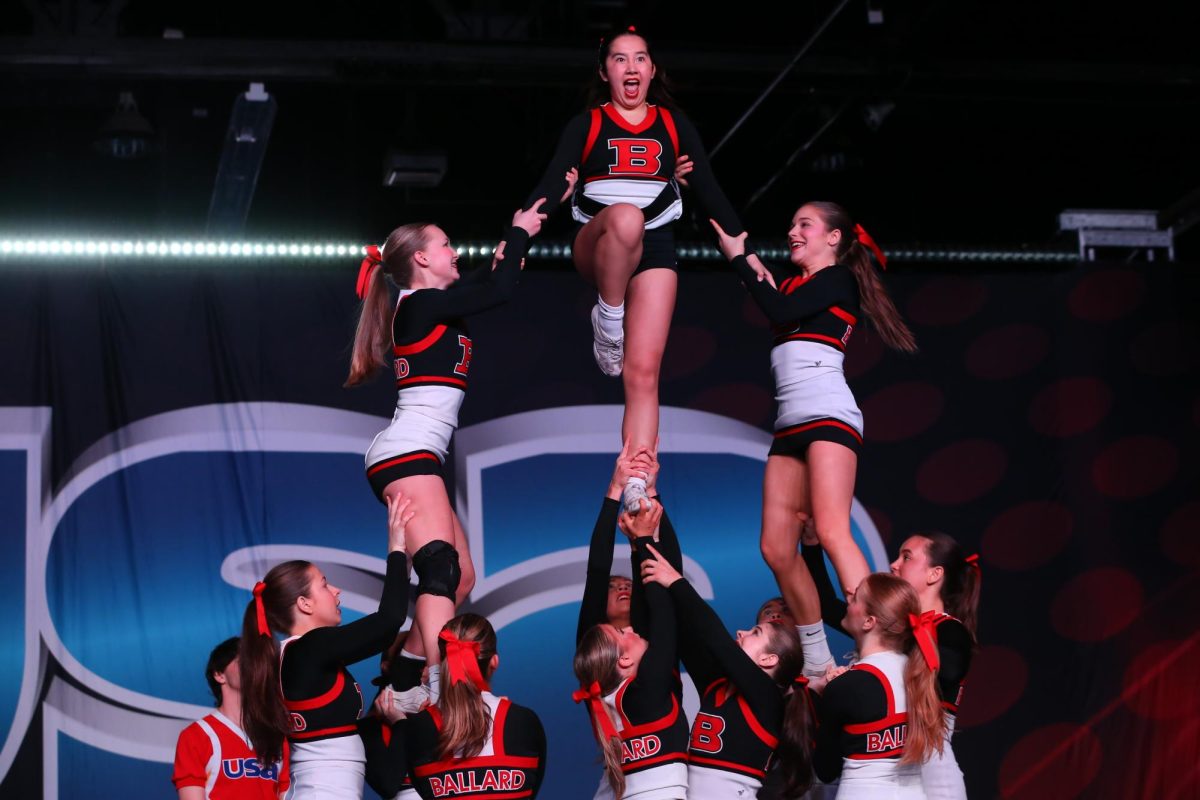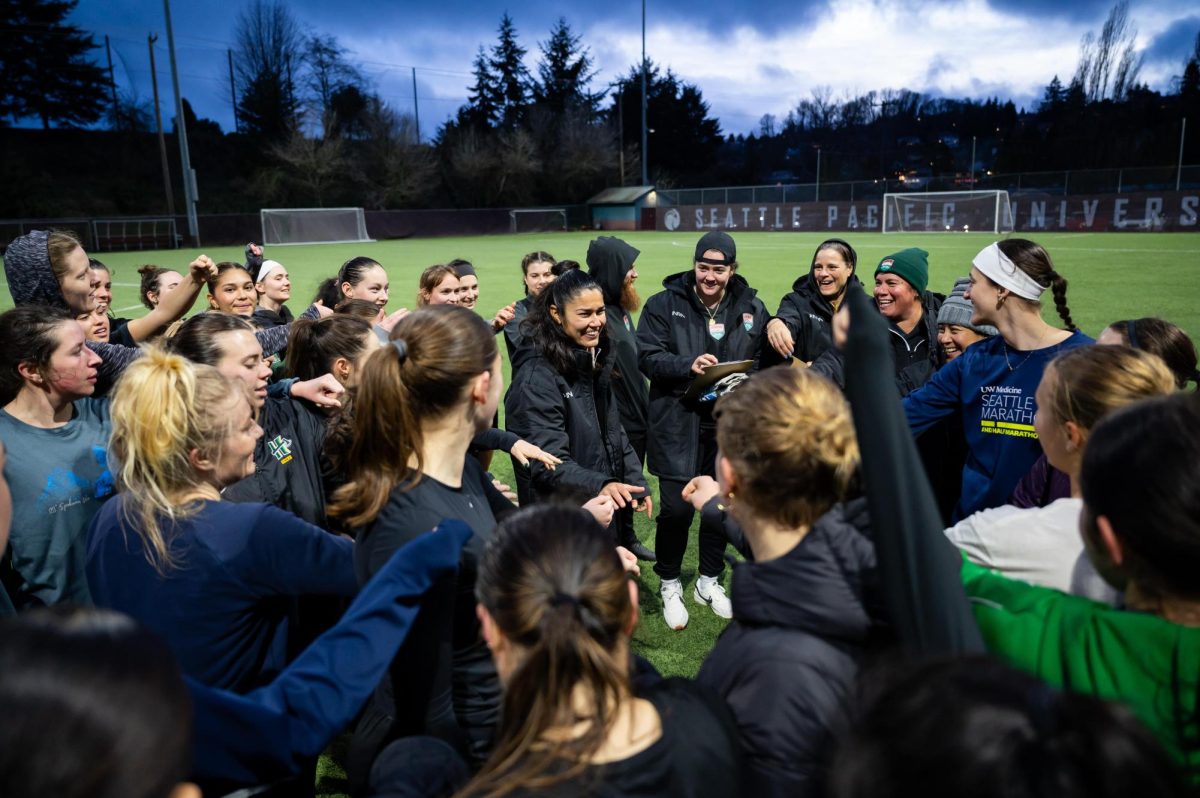The issue of climate change has become exponentially relevant following the rise of industrialization. How can students answer the question of when we will tip off the precipice of environmental destruction and what a high school student’s role in addressing climate change is?
Rebecca Howsmon teaches Biotechnology Biology (Biotech); one unit that the course covers is centered around human energy systems and climate change.
“We need to recognize that climate change is real,” Howsmon said. “It impacts all of us in many different ways, but it shouldn’t overwhelm us.”
Scientist Charles David Keeling began measuring the concentration of carbon dioxide (CO2) in Mauna Loa, Hawaii’s atmosphere in 1958. The Keeling Curve is the accumulation of his consistent and ongoing CO2 measurements; it is the representation of how real climate change is, and how it is affecting the earth.
“I think it’s going to completely reshape how we think about the environment,” Freshman Ambassador Gus Lundeen said. “But I think I’m not sure we’ll find a way out of it.”
The NOAA Mauna Loa Observatory takes CO2 measurements every ten minutes. The impressive longevity of Keeling’s data collection revealed two things: CO2 levels fluctuate seasonally throughout the year, and CO2 is accumulating in the atmosphere each year.
“I think it impacts all of us in those environmental ways,” Howsmon said.
In 1958, CO2 levels were at three hundred fifteen parts per million (ppm) and by 2018, that number had increased to four hundred ten ppm. If we continue to emit CO2 at the rate that we are now, that number will reach an estimated nine hundred thirty-six ppm by 2100; however, if we make major reductions in CO2 outputs immediately, by 2100, levels could be at four hundred twenty-one ppm.
Climate change affects every student and every organism on the earth in one way or another. Lundeen shared how climate change has impacted him on a personal level.
“The summers are a lot hotter,” Lundeen said. “Ski season is shorter, which sucks.”
Even if you are not an avid skier, there is an abundance of simple ways that climate change has impacted every individual.
“I have to think about the weather patterns more than I did before,” Howsmon said.
The occurrence and intensity of extreme weather events has increased significantly due to climate change; states like Florida felt the repercussions during Hurricane Milton. Weather patterns have become less predictable globally.
In fact, during the month of November, Seattle experienced a “bomb cyclone,” causing prolonged power outages and risking human safety.
“There are some really massive projects,” Howsmon said. “Scientists are recreating ecosystems.”
Scientists are taking major actions to address climate change at a large scale, but Howsmon shared that there is still a role that every student can play in slowing down the detrimental effects of climate change, starting today.
“I would say that the biggest thing high school students could do is spread the information,” Howsmon said. “It’s really about the education piece of it.”
“My best suggestion is, if you’re a senior, vote for someone that will support climate efforts,” Lundeen said.
While some high school students may be limited to their voice, some seniors have the power of their vote to advocate for their ideals. As well as addressing climate change by advocating, there are a myriad of ways to emit less CO2 as an individual.
“I plant a garden,” Howsmon said. “I always have plants around.”
Plants absorb CO2, aiding the health of the environment, and are beautiful and meaningful additions to one’s daily life.
“People can definitely help with managing their own waste in a sustainable way,” Lundeen said.
Properly disposing of no longer needed belongings or finding a new home for items that could be repurposed are mindful practices that any individual can make a habit of.
“I do my best to reuse things,” Howsmon said. “Finding clothing that has been used by somebody else and still has a lot of life left in it.”
Using items for a long time and reducing the reliance we have on fast fashion is an effective strategy that any student can begin employing any time.
“A future where humans can maintain a happy and healthy planet will not be attained idly,” freshman Sam Draves said. “Do your part to cut down carbon emissions.”









